Neonatal diarrhea in piglets is a daily concern for breeders, veterinarians and technicians. Mortality, loss of growth and the use of antibiotics that they generate oblige us to continue our research in order to better diagnose and better adapt our prevention plans. In the continuity of our previous study on the quality of the soup distributed to sows on the appearance of neonatal diarrhoea, our team has just published a second study in order to improve our knowledge when looking for the responsible germ, in partnership with Labocéa . The sole detection of a bacterium or a virus (by culture, genomic test or rapid test) is not sufficient to conclude on its pathogenic role in the disease, an observation of the lesions at the microscopic level is essential to conclude. Our study is a synthesis of the germs detected and the lesions observed in 106 piglets between 2020 and 2022 in order to link these inseparable diagnostic steps.
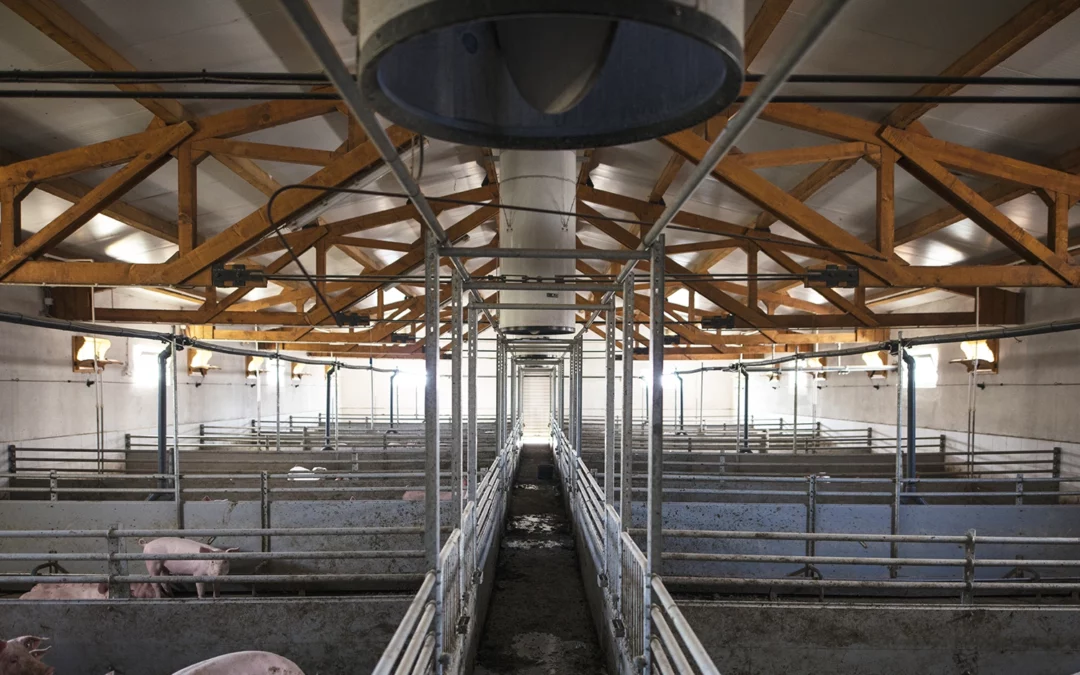

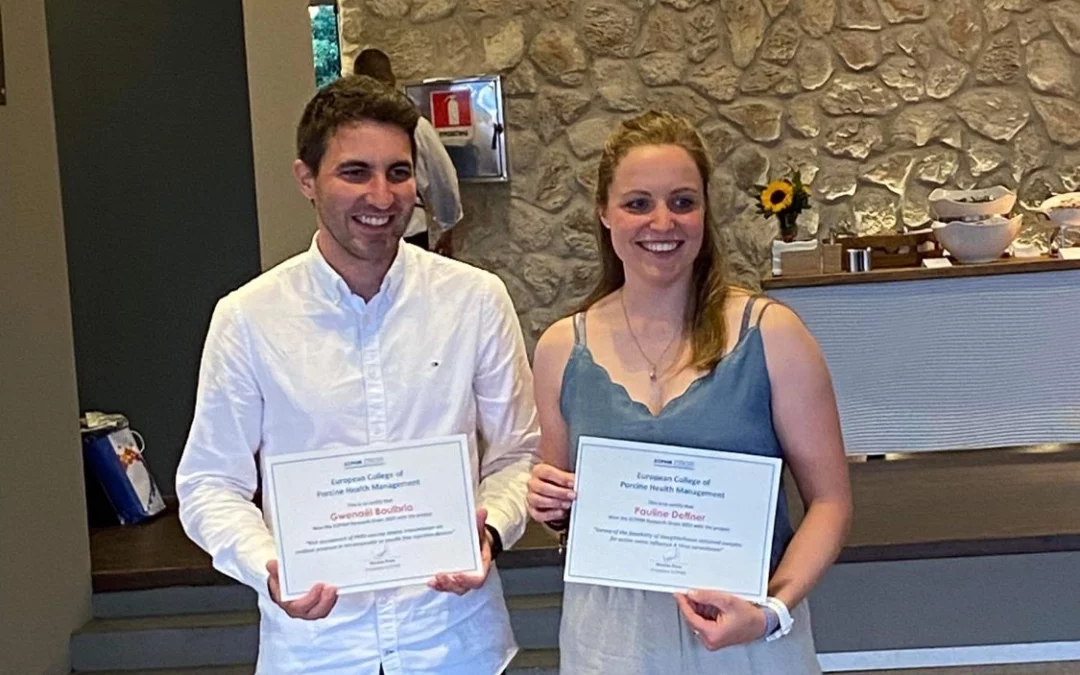
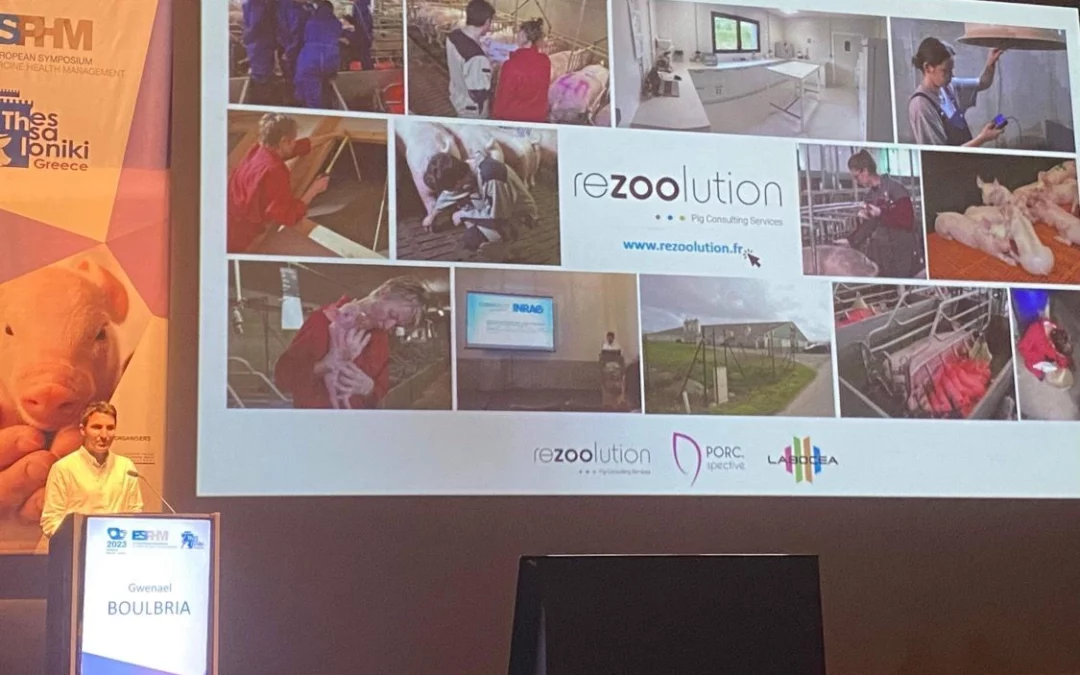
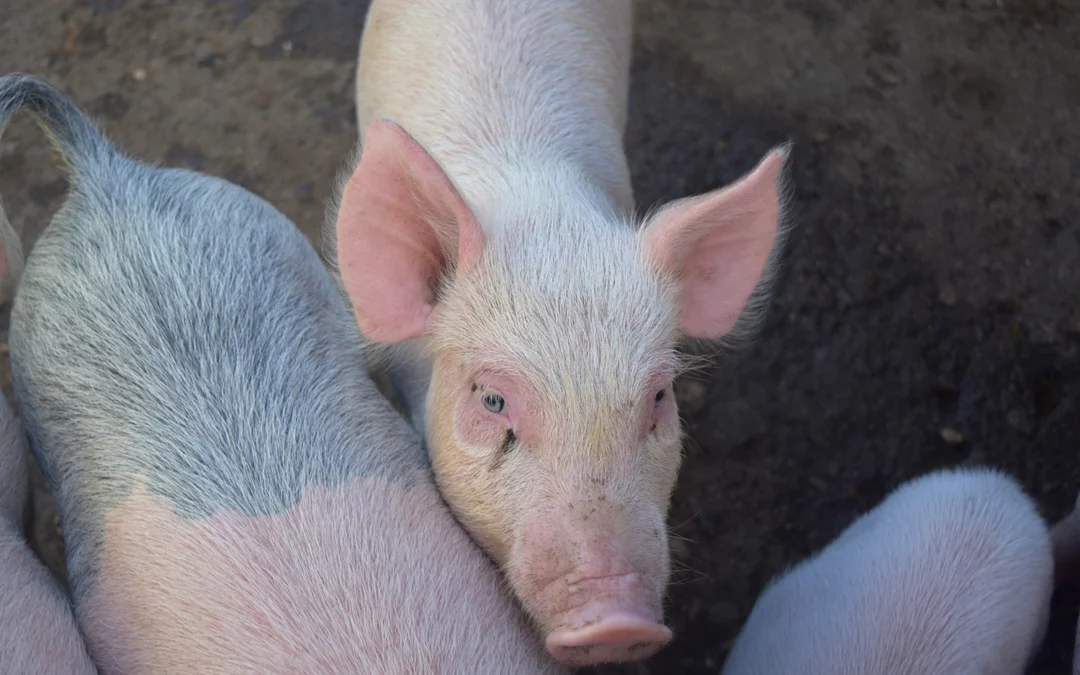
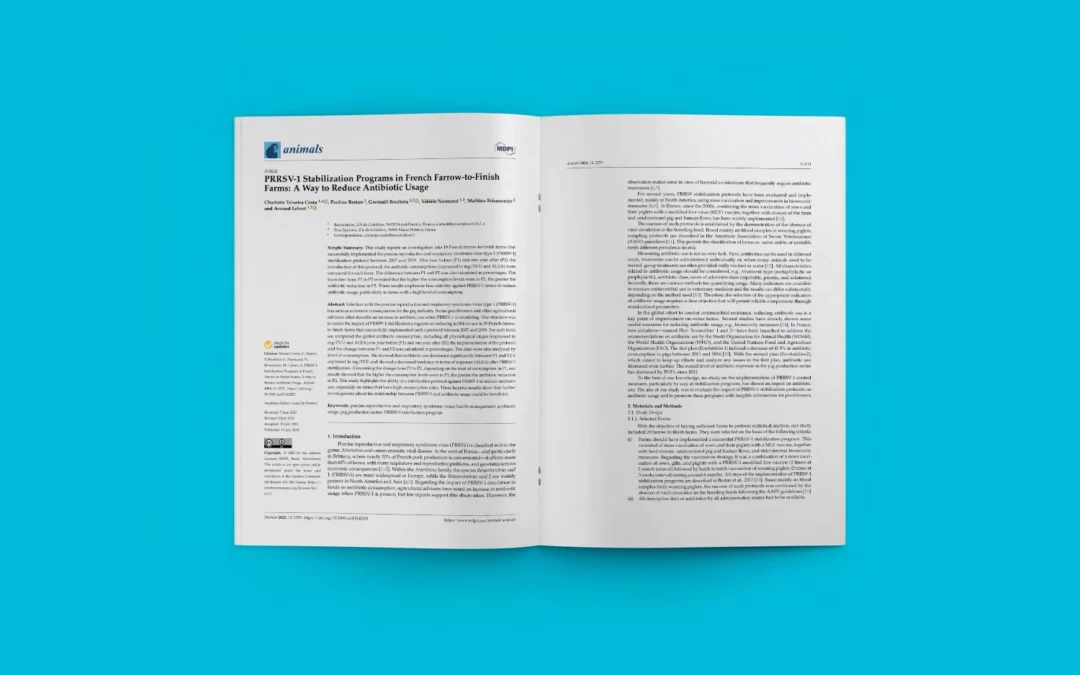
Recent Comments